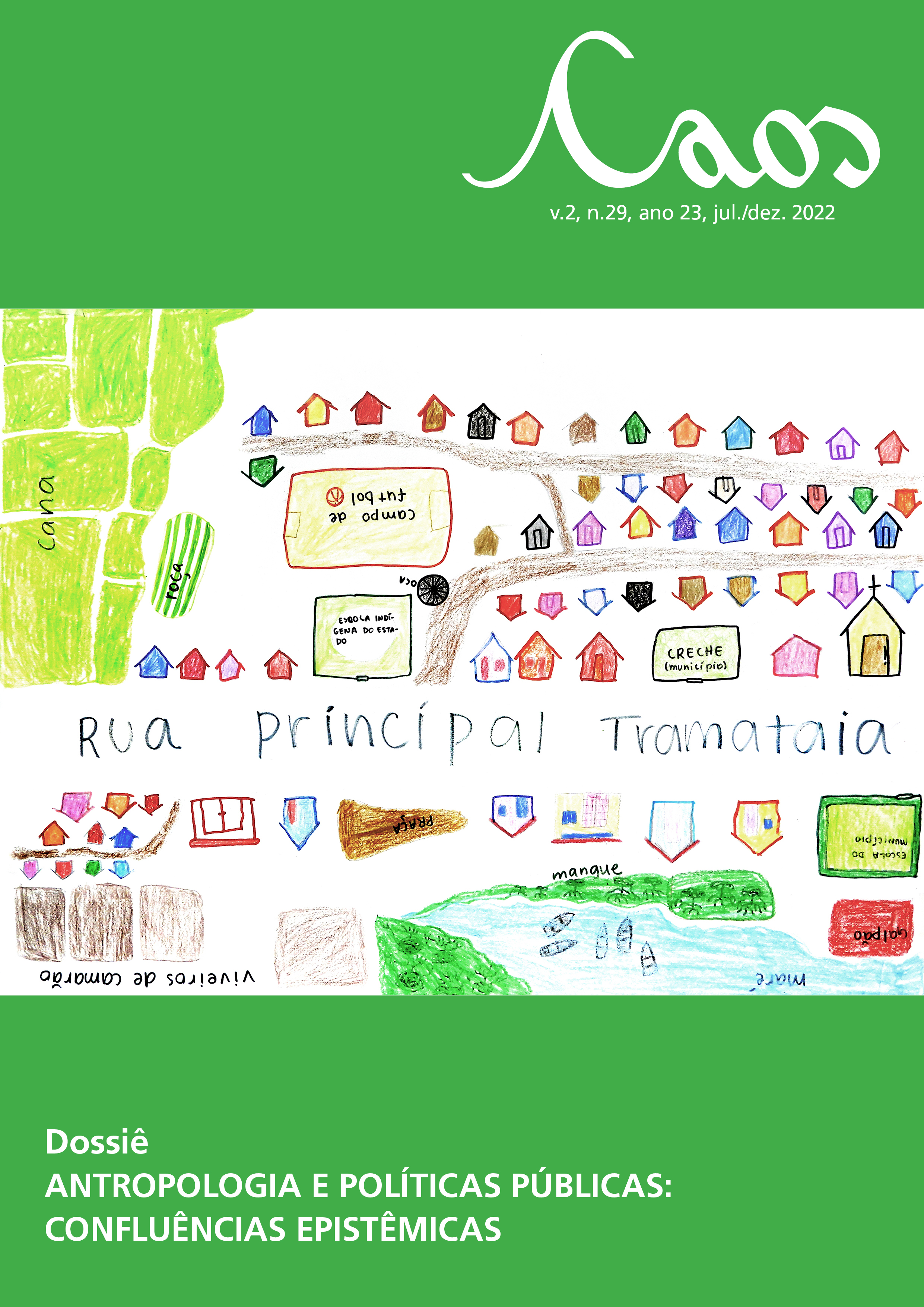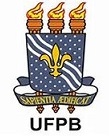CULTURE AS AN AXIS OF DEVELOPMENT: university museum and museum spaces at the Federal University of Paraíba (UFPB)
DOI:
https://doi.org/10.46906/caos.n29.62787.p35-54Keywords:
culture, university museums, museum plan, UFPB PinacotecaAbstract
University museums and museum spaces have the potential to encourage community participation in different cultural contexts, stimulating diversity and acceptance of differences, being dynamic spaces and vehicles for development and social transformation. They participate in UFPB's actions to achieve Sustainable Development Goals (SDGs), together with the United Nations Development Program (UNDP). The UFPB Pinacoteca, created in 1987, due to the lack of a museological plan and the importance of its collection, was selected by a team from the REUMUS University Museum Network for its elaboration. The methodology proposed for the Pinacoteca's museological plan was defined in stages that included: the elaboration of the museological diagnosis; training its internal team with invited experts; conducting research with the student public. The results related to the Museological Plan as well as the participation of students are presented with the aim of contributing to its potential so that its mission can be effectively achieved, as well as the fulfillment of the commitment to the SDGs.
Downloads
Metrics
Published
Issue
Section
License
Copyright (c) 2022 Alberto dos Santos Cabral, Marisa Pires Rodrigues, David Holanda de Oliveira

This work is licensed under a Creative Commons Attribution-NonCommercial 4.0 International License.
A Caos é regida por uma Licença da Creative Commons (CC): CC BY-NC 4.0, aplicada a revistas eletrônicas, com a qual os autores declaram concordar ao fazer a submissão. Os autores retêm os direitos autorais e os de publicação completos.
Segundo essa licença, os autores são os detentores dos direitos autorais (copyright) de seus textos, e concedem direitos de uso para outros, podendo qualquer usuário copiar e redistribuir o material em qualquer suporte ou formato, remixar, transformar e criar a partir do material, ou usá-lo de qualquer outro propósito lícito, observando os seguintes termos: (a) atribuição – o usuário deve atribuir o devido crédito, fornecer um link para a licença, e indicar se foram feitas alterações. Os usos podem ocorrer de qualquer forma razoável, mas não de uma forma que sugira haver o apoio ou aprovação do licenciante; (b) NãoComercial – o material não pode ser usado para fins comerciais; (c) sem restrições adicionais – os usuários não podem aplicar termos jurídicos ou medidas de caráter tecnológico que restrinjam legalmente outros de fazerem algo que a licença permita.
Recomendamos aos autores que, antes de submeterem os manuscritos, acessem os termos completos da licença (clique aqui).
















